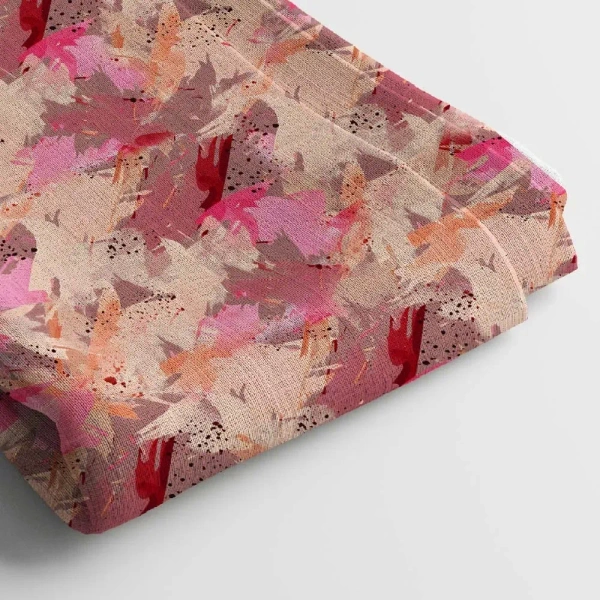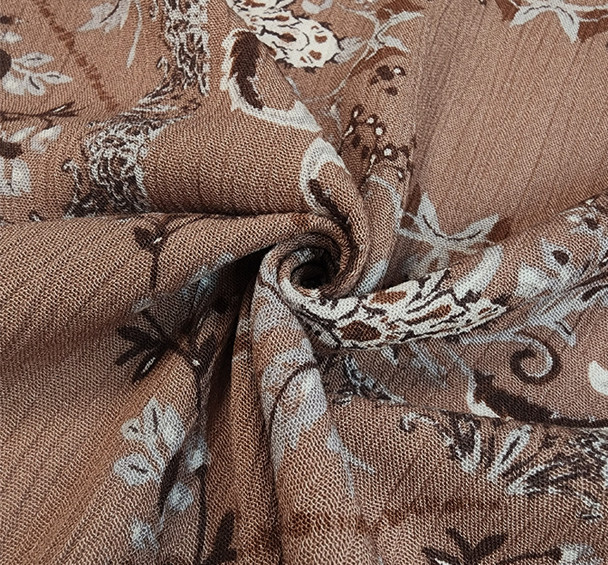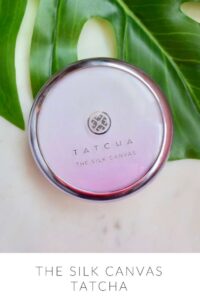Can You Stretch Rayon and Organza Fabrics? Blend

Introduction
Fabric compatibility is crucial in fashion and sewing, ensuring the final product is both beautiful and functional. Rayon and organza are popular choices, each offering unique qualities. This article explores whether these fabrics can be blended, providing insights into their compatibility and practical tips for successful textile mixing.
Compatibility Analysis
Can you blend rayon and organza? Yes, but with considerations. These fabrics can work together if handled carefully. Rayon, known for its softness and drape, contrasts with organza’s stiffness and structure. Their compatibility depends on understanding their distinct properties, such as texture, weight, stretch, care requirements, and durability. While rayon is highly absorbent and drapes well, organza offers a crisp finish and shape retention. The key is balancing these characteristics to achieve a harmonious blend.
Fabric Properties Comparison Table
| Property | Rayon | Organza |
|---|---|---|
| Fiber Content | Semi-synthetic (viscose) | Synthetic (nylon/polyester) |
| Weight and Thickness | Light to medium | Lightweight |
| Breathability | High | Moderate |
| Stretch and Elasticity | Limited | None |
| Wrinkle Resistance | Moderate | High |
| Care Instructions | Cold wash, line dry | Hand wash, air dry |
| Durability | Moderate | High |
Benefits of Mixing These Fabrics
Combining rayon and organza can enhance texture and visual interest, with rayon’s softness complementing organza’s sheen. This blend improves comfort and performance, offering better drape and movement. It is cost-effective and seasonally versatile, suitable for both summer and winter garments. The combination opens up diverse design possibilities, from elegant dresses to sophisticated home decor.
Potential Challenges
Mixing rayon and organza presents challenges like different shrinkage rates and conflicting care requirements. Texture clashes or pilling can occur, and seam puckering is a risk due to differing fabric tensions. Color bleeding or fading may also arise. Practical solutions include pre-washing fabrics, using appropriate interfacing, and selecting matching thread colors. Adjusting sewing machine tension and using a walking foot can minimize puckering.
Sewing & Styling Tips
When sewing rayon and organza together, use a fine needle (size 70/10) and polyester thread for strength. Consider interfacing to stabilize rayon and prevent distortion. French seams or serged edges provide clean finishes. Choose patterns with simple lines to highlight the fabrics’ qualities. Style ideas include layering organza over rayon for a dimensional effect or using organza for structured elements like collars and cuffs.
Care & Maintenance Guide
For washing, use a gentle cycle with cold water or hand wash. Air dry both fabrics to avoid shrinkage. Iron rayon on a low setting with a pressing cloth, and steam organza lightly to maintain its crispness. For stain removal, treat rayon with mild detergent and organza with a fabric-safe cleaner. Long-term care involves storing garments away from direct sunlight to prevent fading.
FAQ Section
-
Can you wash rayon and organza together?
- Yes, but use cold water and a gentle cycle to prevent damage.
-
Will rayon shrink more than organza?
- Rayon is more prone to shrinkage; pre-wash to minimize this.
-
What needle size should I use for sewing these fabrics together?
- A size 70/10 fine needle is recommended.
-
Can you mix rayon and organza in one garment?
- Absolutely, they complement each other if styled thoughtfully.
-
How do you prevent puckering when combining these fabrics?
- Use a walking foot and adjust machine tension for smooth seams.
-
Is it okay to mix rayon and organza for upholstery?
- Generally not recommended due to rayon’s lower durability.
-
What’s the best way to finish seams with these fabrics?
- French seams or serging provide neat, durable finishes.
Mixing rayon and organza can yield stunning results when approached with care and creativity. By understanding their properties and applying practical techniques, you can create garments and decor that showcase the best of both fabrics.



Leave a Reply